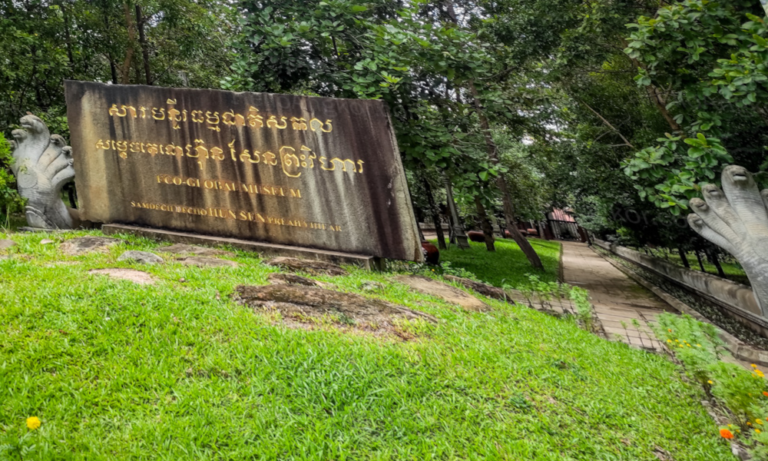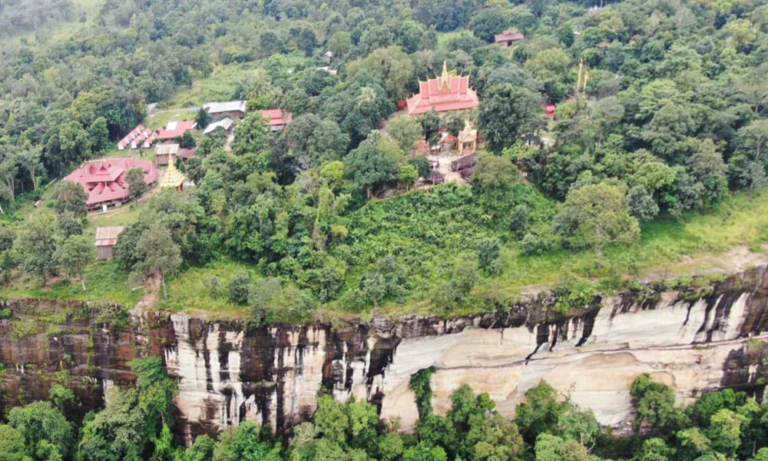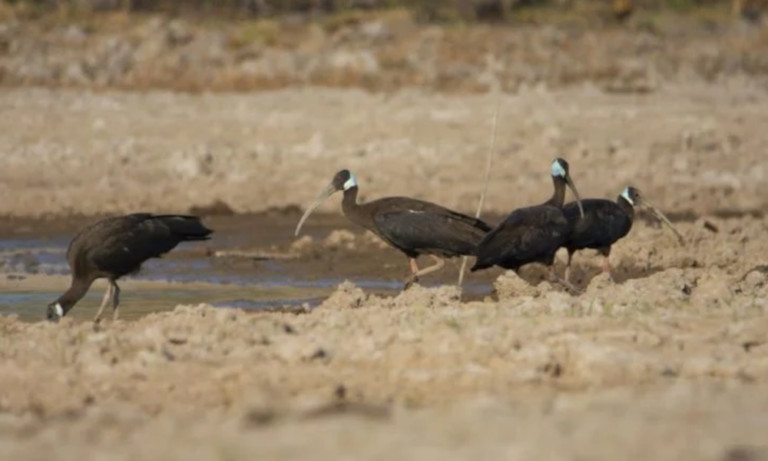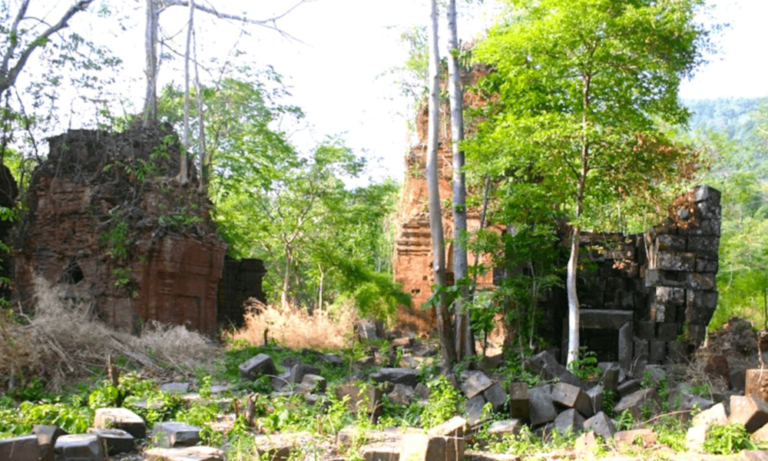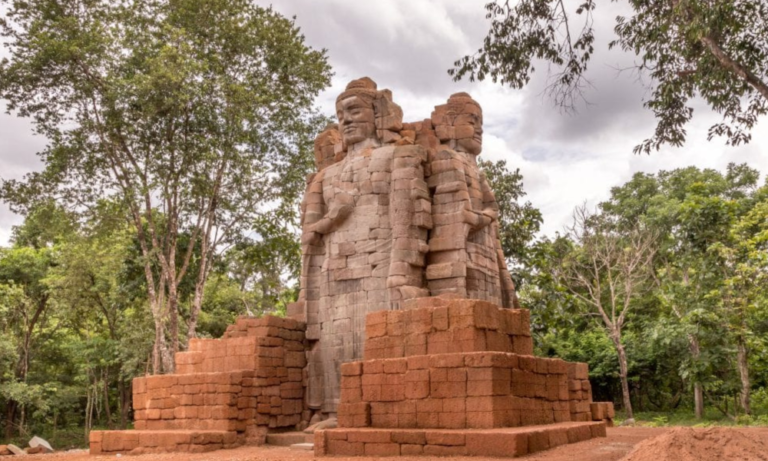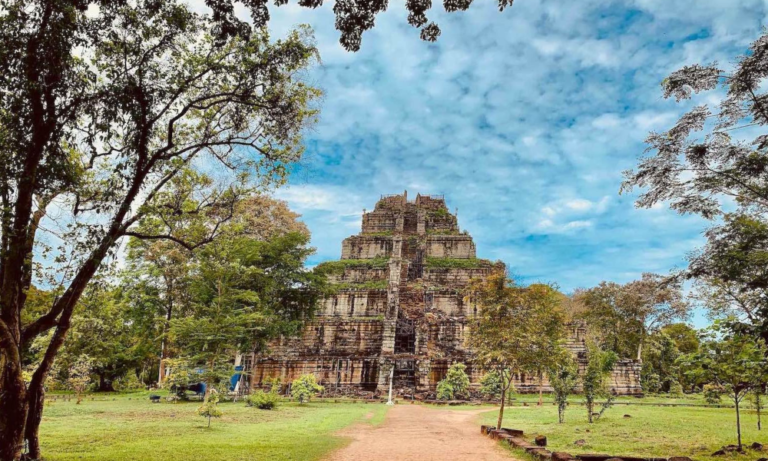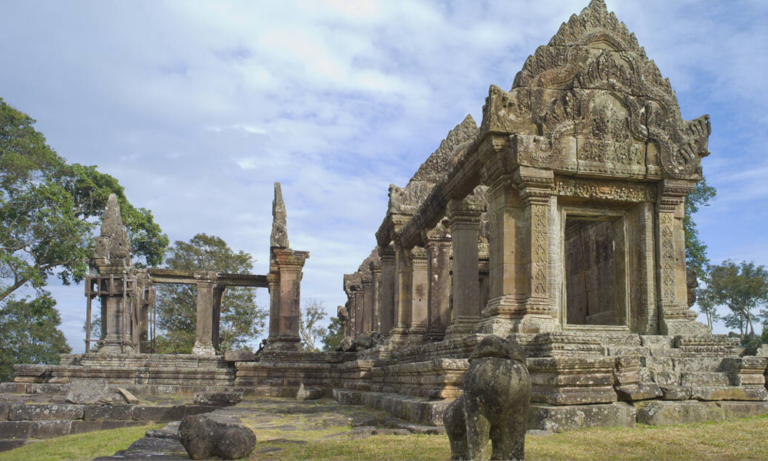Preah Vihear Province
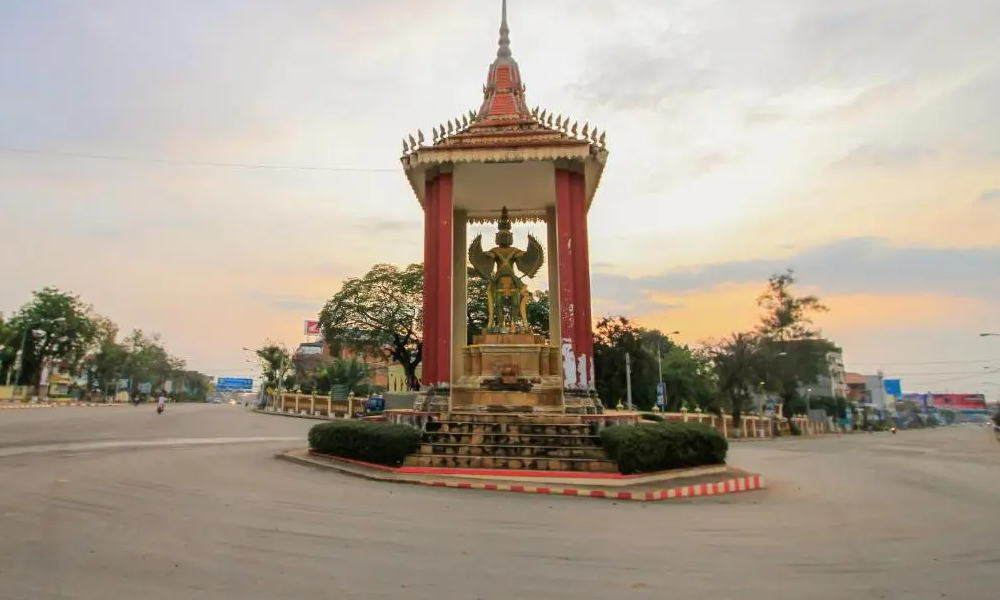
Preah Vihear Province is situated in the northern part of Cambodia and shares its international borders with Thailand and Laos. The provincial capital is Tbeng Meanchey. This region is renowned for its historical temples, particularly the Preah Vihear temple complex, as well as Koh Ker and Preah Khan of Kampong Svay.
Table of Contents
ToggleAdditionally, Preah Vihear Province is home to several other significant attractions, including Neak Buos Temple, Kulen Promtep Wildlife Sanctuary, Phnom Tbeng Mountain, and Preah Vihear Global Eco-Museum.
A brief one-day excursion allows for the exploration of the renowned remote sites, including Preah Vihear Temple, Koh Ker Temple, and Beng Mealea Temple, all...
General Information
Preah Vihear is a significant northern province in Cambodia, with its capital being Phnom Tbeng Meanchey. The province derives its name from the renowned Prasat Preah Vihear temple, which serves as a focal point for the area. Much of Preah Vihear is characterized by its remoteness and dense forests. Unfortunately, extensive logging operations have severely impacted the natural landscape, as large companies clear vast areas of untouched tropical hardwood. Additionally, it ranks among the least populated provinces in the Kingdom of Cambodia. This serene location is particularly noted for the Preah Vihear temple, situated near the border with Thailand.
The province suffers from one of the poorest infrastructures in the country, lacking proper major roads. Navigating this area can be challenging for those accustomed to well-maintained roads and standard transportation options, as there are only a limited number of pick-up trucks and motorcycle drivers available for hire.
Nevertheless, Preah Vihear offers a wealth of experiences for those interested in ancient temple architecture and unspoiled villages free from tourist commercialization. Visitors can explore three remarkable remnants from the Angkorian period: the mountain temple of Prasat Preah Vihear, the 10th-century capital of Koh Ker, and the impressive Preah Khan Kompong Svay.
Koh Ker is now relatively accessible from Siem Reap via Beng Mealea, while the other two sites remain difficult to reach, often necessitating lengthy and arduous overland travel, with the possibility of spending a night in the jungle. During the rainy season, access to these locations becomes significantly limited. However, there are government initiatives aimed at enhancing the region for sustainable tourism, which include road construction and infrastructure improvements.
The provincial capital, Tbeng Meanchey, is not frequently visited by foreign tourists, primarily due to its infrastructure challenges and geographical positioning. Many potential visitors are deterred by concerns regarding road conditions and the remote atmosphere, which lacks quick access to essential services. The city is expansive and dusty, characterized by merely two main dirt roads running from south to north. There are limited attractions or activities within the town, leading it to serve predominantly as a transit point for travelers heading to Koh Ker and Preah Khan Kompong Svay.
Geography
Preah Vihear province encompasses an area of 13,788 square kilometers. Situated in the northern part of Cambodia, it shares its international borders to the north with Thailand and Laos. The province is bordered to the east by Stueng Treng, to the west by Oddar Meanchey and Siem Reap, and to the south by Kompong Thom. Rich in natural resources, Preah Vihear features extensive dense forests and verdant scrubland, making it an exceptional destination for nature enthusiasts. The stunning vistas of the Dangkrek Mountains and the surrounding lush jungles, particularly from the temples of Preah Vihear, are well-known attractions.
Population
As of the latest data, the population of Preah Vihear province is approximately 160,551, representing about 1.1% of Cambodia’s total population of 14,363,519 (as per 2007 provincial government statistics). This demographic includes 81,318 males and 78,233 females, resulting in a population density of 11.64 individuals per square kilometer.
Climate
The nation experiences a tropical climate characterized by warmth and humidity. During the monsoon season, significant rainfall facilitates the growth of a diverse range of crops. This consistent tropical environment positions Cambodia as an attractive destination for tourism. Visitors can rest assured that they are not at risk from natural disasters such as volcanic eruptions or earthquakes, and the country remains largely unaffected by tropical storms.
Climate: Cambodia is accessible for travel throughout the year. However, those intending to journey extensively by road should exercise caution during the final two months of the rainy season, as some rural roads may become impassable. The average temperature hovers around 27 degrees Celsius, with a minimum temperature of approximately 16 degrees. The coolest months are December and January, while April is typically the hottest.
Overview of the provincial climate:
– Cool season: November to March (22-28°C)
– Hot season: March to May (27-35°C)
– Rainy season: May to October (24-32°C, with humidity levels reaching up to 90%).
Economy
The province’s economy is predominantly reliant on agriculture, accounting for 85% of its activities, while the remaining 15% is derived from fishing and illicit trade in valuable hardwoods. Due to its proximity to Thailand, international trade is gradually increasing and becoming a significant component of the provincial economy. Various development initiatives are being undertaken by local NGOs, the Thai Ministry of Foreign Affairs, and the Cambodian government. The province’s economy and infrastructure suffered extensive damage during the Khmer Rouge era, necessitating the establishment of a new, stable foundation.
Buses and Vans:
- Numerous bus companies, including Giant Ibis, Mekong Express, PSD Xpress, Sorya Bus, Neak Krohorm, Thero Express (15-seat), Larryta, KSO, Virak Buntham, Kampot Express, and Cambodia Post VIP Van, provide transportation services to Preah Vihear town utilizing modern, air-conditioned vehicles. Departures occur every 15 minutes to one hour, daily from 6 AM to midnight, with fares being quite reasonable. Advance booking for bus tickets is available online.
Shared Taxi/Pick-up/Motorbike: To access this remote province, travelers have two main routes.
- The first is a well-traveled laterite road from Siem Reap via Anlong Veng, covering a distance of over 200 km, which was completed in 2003.
- The second route leads to Preah Vihear from Kampong Thom via NH 64, approximately 155 km south of Tbeng Meanchey. This route is likely the most straightforward and quickest way to reach Tbeng Meanchey. Shared pick-ups operate almost daily in the morning and afternoon from Kampong Thom market to the provincial capital of Preah Vihear, with fares ranging from $2 to $4 depending on seating arrangements.
The comfortable shared taxi represents the fastest option, costing between $5 and $7. However, the road conditions are quite poor, as the logging freeze has resulted in a lack of maintenance for several years. The final 30 km to Tbeng Meanchey involves ascending hills, which can become treacherous during the wet season due to small creeks and minor rivers.
A new road has been constructed connecting Siem Reap to Koh Ker. From there, reaching Preah Vihear involves a challenging day ride along severely worn dirt and sand tracks leading to the famous temples.
Things to see & Do in Preah Vihear
Where to Stay - Preah Vihear
1. Koh Ker Hotel and Restaurant [ Book Now ]
Street RN64 – Srayang, Preah Vihear Province
2. Green Palace Preah Vihear [ Book Now ]
St. Koh Ke, Sangkat Kompong Pronak, Preah Vihear
3. Preah Vihear Boutique Hotel [ Book Now ]
Street Oknha Franna, Srah Em Village, Chaom Ksan, in proximity to Preah Vihear Temple, Preah Vihear


